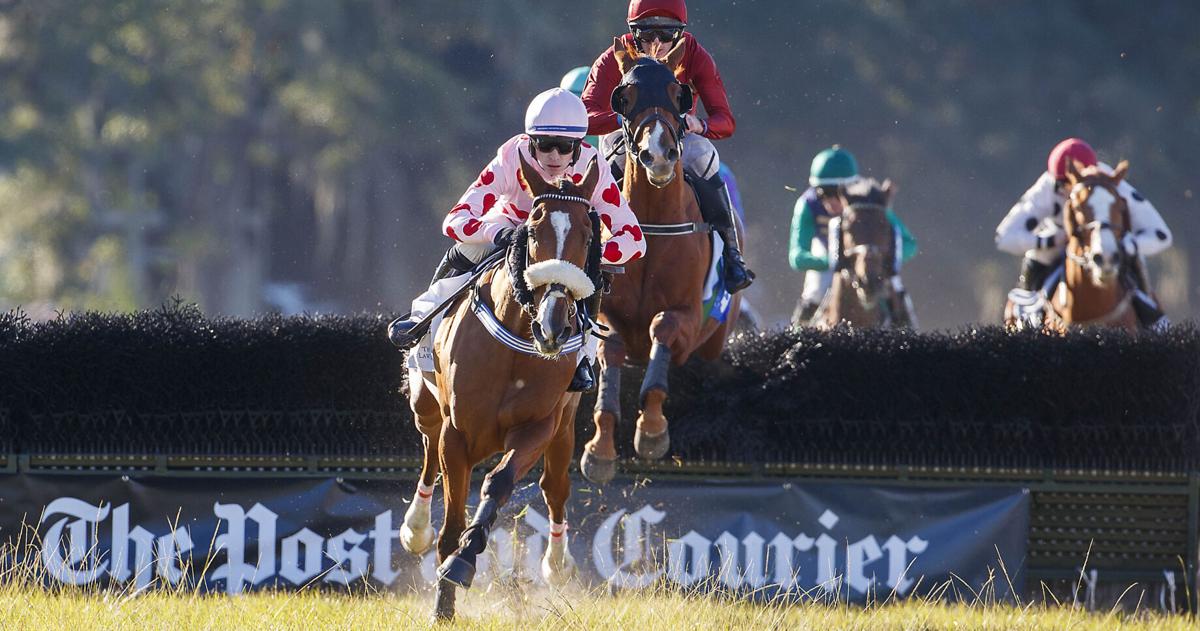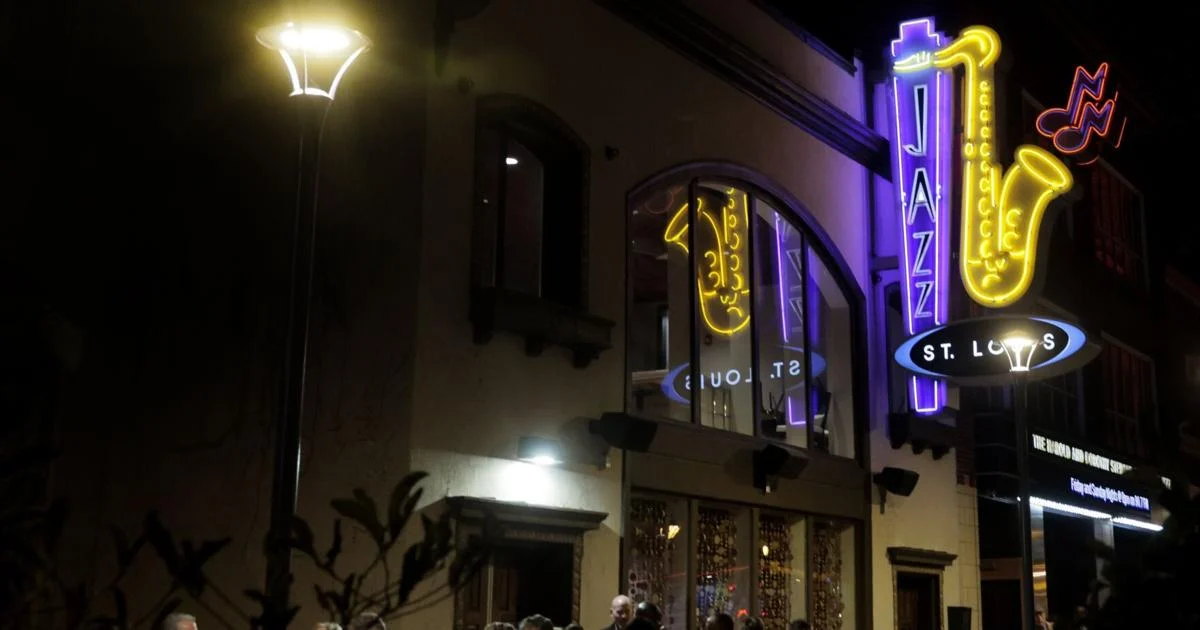Copyright Charleston Post and Courier

Upon establishing the new Carolina colony in 1670, the Lords Proprietors named its capital Charles Town in honor of King Charles II, who, in appreciation for their helping him regain the English throne, granted these eight noblemen all the land between Virginia and St. Augustine, Fla., and west to the Pacific Ocean. Charles is remembered as the “Merry Monarch,” illustrative of his joie de vivre, embracing theater, the arts, numerous mistresses, good food and wine — and horse racing. His passion for the latter lives on today in his namesake city through the upcoming Steeplechase of Charleston races. Though horse racing existed long before Charles’ reign, historians credit him for elevating it to the “Sport of Kings.” The British Flat Racing Hall of Fame notes, “His contributions to the sport cannot be overstated.” Following a bleak decade of Puritan rule during which racing was banned, Charles restored the semi-annual races at Suffolk’s Newmarket track and refurbished many others. He raced in many of the heats himself, and he established the King’s Plates, coveted racing awards worth 100 guineas each. Charles was also interested in horse breeding. As a part of her wedding dowry, his Portuguese queen, Catherine of Braganza (1638-1705), brought a number of quality mares to Charles’ stable that became known as the “royal mares.” These were then bred with Arabian stallions to develop thoroughbreds, a lighter, faster breed built for racing. Charles’ passion for horses was shared by Charles Town’s settlers, where horse racing became the center of the early colony’s entertainment and social life. According to research by historian Nicholas Butler, the first documentation of a local race appeared in a 1734 issue of the South-Carolina Gazette, announcing a competition among four horses was to take place at Bowling Green pasture, near where the Gaillard Center is today. The next year, the York Course was established about six miles north of the city, off today’s Rivers Avenue. It remained popular through the 1750s, when the New Market track, probably named for Charles’ favorite course back in England, was laid out closer to town, east of where Interstate 26 exits onto Carolina and King streets, though no visible signs of the course remain today. In 1758, the South Carolina Jockey Club, the first of its kind in the colonies, was founded to promote the sport of horse racing. From 1760 until the Revolutionary War, races were regularly staged at New Market, as well as at smaller courses from Beaufort to Georgetown. In a 1773 letter, Bostonian Josiah Quincy II described his visit to Charles Town, saying, “Cards, dice, the bottle and horses engross the prodigious portions of time and attention; the gentlemen (planters and merchants) are mostly men of turf and gamesters.” The Jockey Club reorganized after the Revolution, and according to club historian John Beaufain Irving (1800-1881), the 1786 season ushered in a “golden age of racing.” Charleston’s Race Week, the most prominent event of the Lowcountry’s social season, was held at the New Market course annually each February until 1792 when a group of prominent planters and military heroes, including Col. William Washington, established a new course south of Lowndes Grove, which they named after William’s cousin, George, who visited the site during his 1791 visit to Charleston. For the next seven decades, the Washington Course races were the place where Lowcountry planters gathered to show their horses, make bets, attend balls, drink Madeira and introduce their daughters to the right sort of people in the reserved seating section. All came to an end after the February 1861 race, when John Cantey’s mare, Albion, took home the top prize. Two months later, the first shots of the Civil War were fired in Charleston Harbor, and the Washington Race Course was transformed into a prisoner-of-war camp for Union soldiers. After the war, the Jockey Club tried to revive the Washington races. But horse racing is a rich man’s sport, and there were few rich men left in Charleston. After its last race in 1882, the Jockey Club leased the course to a farmer. In 1899, the club disbanded and donated the track to the Charleston Library Society, which eventually passed it along to the city. Yet history is nothing if not a circle. Today you can still jog, stroll or walk your dog around the now-paved Washington Race Course, renamed Mary Murray Boulevard, surrounding Hampton Park. And you can still experience the excitement of horse racing, as King Charles did, at the Steeplechase of Charleston on Nov. 9 at the Stono Ferry Racetrack in Hollywood.



